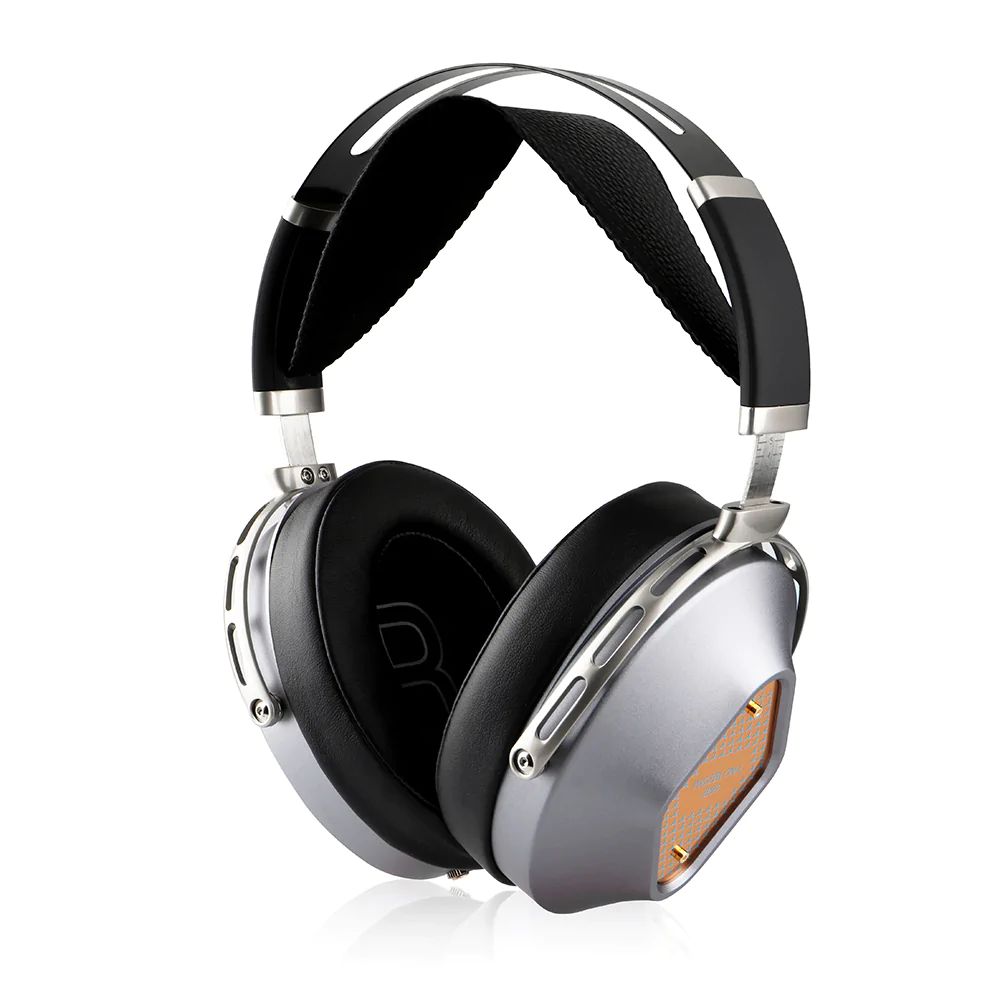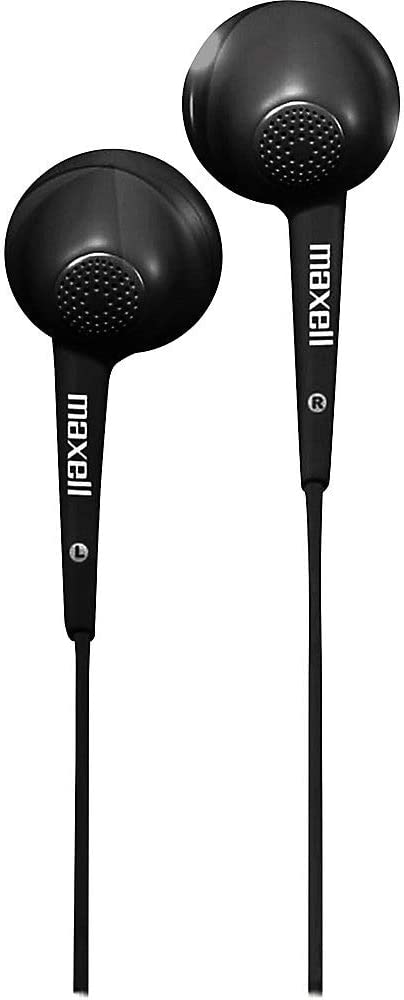AGPTEK Over The Ear Wired Earbuds: A Budget-Friendly Option for Secure Fit and Clear Audio
Update on June 30, 2025, 6:02 a.m.
It doesn’t begin with music. It begins with a ghost. If you hold the humble 3.5-millimeter plug of these AGPTEK earbuds in your hand, you are touching a direct descendant of a technology born in the 1870s. Picture the scene: a sprawling switchboard, a sea of cables, and telephone operators manually connecting calls by plugging and unplugging quarter-inch connectors that look strikingly familiar. That piece of metal, a 19th-century solution to a 19th-century problem, has survived the transistor, the microchip, and the dawn of the wireless age to be here, in your hand, tethered to a neon green cable.
This isn’t a product review. It’s an autopsy of ingenuity. In an era where we are conditioned to believe that “new” equals “better” and “wireless” equals “progress,” an object like this forces us to ask a more interesting question: Why does some technology endure? The answer lies not in complex features, but in a quiet, stubborn adherence to the fundamental principles of physics, biology, and what can only be called honest design.

The Anchor and the Anatomy: A Lesson in Applied Biomechanics
Before we can understand how to keep an earbud in the ear, we must first appreciate the ear itself. Your outer ear, the pinna, is not a random flap of cartilage. It’s an evolutionary marvel of acoustic engineering, a soft satellite dish sculpted over millennia to capture, funnel, and amplify sound waves. It also happens to be a perfect anchoring point, a fact that the designers of these earbuds understood with beautiful clarity.
The over-ear hook is not merely a piece of plastic; it’s a near-perfect application of biomechanics. Think of it as a miniature cantilever beam. As you run, jog, or lift, gravity and momentum conspire to pull the earbud downwards and outwards. A standard in-ear bud concentrates this force at a single, unstable point within your ear canal. But the hook changes the equation entirely. It gracefully transfers the load to the sturdy, less sensitive cartilage at the top of your pinna. The force is distributed, the stability is multiplied, and the earbud stays put. Like a rock climber’s anchor, its effectiveness comes not from brute force, but from intelligent placement.
This mechanical stability is then perfected by the biological interface: the five included sets of silicone tips. Finding the right size isn’t just about comfort. It’s about creating a bespoke “acoustic coupling”—a precise, airtight seal between the machine and your anatomy. This seal is the lynchpin for everything that happens next, transforming a simple piece of hardware into a personal sound chamber.

The Cone of Silence: Psychoacoustics and the Magic of a Good Seal
The product promises “energetic sound and enhanced bass.” In a world of digital equalizers and bass-boost buttons, one might assume this is the result of complex software. The truth is far more elegant and rooted in pure physics.
The magic happens inside that sealed chamber you just created. This is passive sound isolation, a concept fundamentally different from its power-hungry cousin, active noise cancellation (ANC). ANC is a technological brute squad; it uses microphones to listen to outside noise and then generates an opposing sound wave to obliterate it. It’s effective, but complex and costly.
Passive isolation, however, is a Zen master. It simply prevents outside noise from getting in in the first place. That airtight seal acts as a physical barrier. But its true genius is in what it keeps in. Low-frequency sound waves—the ones we perceive as bass—are long and powerful. In a poorly sealed earbud, they leak out into the world before ever having a chance to properly stimulate your eardrum, resulting in a thin, unsatisfying sound. By trapping them within the ear canal, the seal allows the sound pressure to build, letting you feel the full impact of the bass.
There’s even a psychoacoustic principle at play here. The famous Fletcher-Munson curves, established in the 1930s, show that human hearing is less sensitive to low and high frequencies at lower volumes. By physically blocking outside noise, the seal allows you to listen at a lower, safer volume while still perceiving a rich, full-bodied sound spectrum. The “enhanced bass” isn’t added; it’s simply revealed.

The Humble Tether: A Meditation on Material Science and Honest Trade-Offs
And then there is the wire. The tether. In the age of True Wireless, the cable can feel like an anachronism, a relic. But to dismiss it is to miss the point. A wire is a declaration of trade-offs, an emblem of honest engineering. It offers virtues that its wireless counterparts still struggle to match: zero latency, a connection impervious to interference, and a blissful freedom from battery anxiety. Its existence is a conscious choice, prioritizing reliability and cost-effectiveness over absolute convenience.

Even this simple cable is a nod to modern material science. It’s made of TPE (Thermoplastic Elastomer), a sophisticated co-polymer that blends the properties of rubber and plastic. This gives it a soft, tangle-resistant texture, but its real advantage is chemical. Sweat is a corrosive cocktail of salt and oils that can make conventional PVC cables brittle and sticky over time. TPE is far more resistant to this daily chemical assault, a small but crucial detail for a product designed for exercise.
Of course, the trade-offs are real. As users have noted, the 3.77-foot cord can feel short for a tall person, and it can snag on equipment. The simple in-line controls might not have full volume functionality on every device. But this is not a flaw; it is the essence of its design philosophy. It doesn’t pretend to be a perfect, do-everything device. It promises to do a few essential things—stay in your ear and deliver sound reliably—and it executes on that promise without apology.

The Intelligence of Simplicity
So, we return to where we started: a 150-year-old connector, a biomechanical hook, an acoustic seal, and a modern polymer cable. Seen individually, they are simple components. But woven together, they represent a coherent and intelligent design philosophy. They remind us that progress is not always about adding more, but often about perfecting the essential.

In a world relentlessly chasing the ephemeral, there is a deep satisfaction in understanding the things that last. To dissect an object like this is to realize that true ingenuity is often silent, humble, and hiding in plain sight. It’s in the elegant curve of an ear-hook, the satisfying seal of a silicone tip, and the stubborn, unfailing honesty of a simple wire. Understanding this anatomy doesn’t just make you appreciate an inexpensive earbud; it equips you to see the entire designed world with sharper, more discerning eyes.



























































